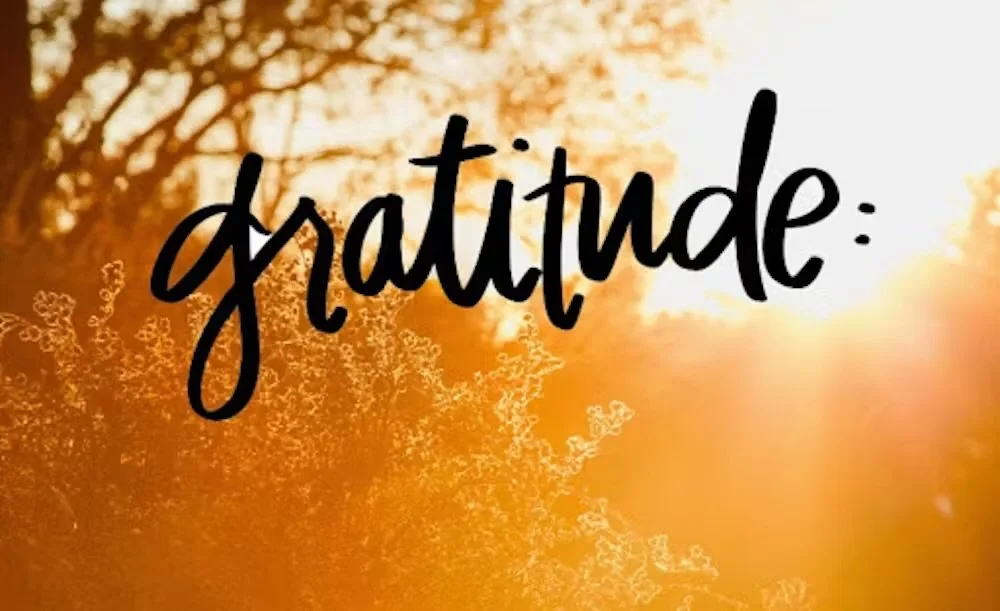Gyana:
A Sanskrit word that means "knowledge" or "wisdom". It is also known as the Yoga of Wisdom. Gyana is considered to be the goal of all knowledge and learning. It is also considered to be a higher awareness that is gained from life's experiences.
kritajna
November 2025
“Gratitude turns what we have into enough.” — Aesop
Kritajna: The Yogic Art of Gratitude
As autumn deepens and the air turns crisp, gratitude naturally rises to the surface — in the golden light, the scent of fallen leaves, and the quiet turning inward that this season invites. In yoga, there’s a beautiful Sanskrit word for gratitude: Kritajna, which means “to recognize what has been done for you.”
Breaking it down, “Krita” means “that which has been done,” and “Jna” means “to know.” Together, they form a mindful awareness — not just a fleeting thankfulness, but a deep recognition of all that sustains us.
Kritajna isn’t something we practice only when life feels easy or abundant. It’s a perspective, a way of seeing that honors the simple, sacred acts that weave our lives together — a friend’s kindness, the warmth of sunlight on the mat, the steady rhythm of your own breath.
In yoga philosophy, to live with Kritajna is to live in harmony with the present moment. Gratitude becomes a form of yoga — uniting our attention, our heart, and our breath. When we pause to notice what is already here, we release the grasping for what is not.
As you move through this season, you might bring Kritajna into your practice:
Begin each morning by noticing one thing you’re thankful for — before your feet even touch the floor.
As you move through asana, feel gratitude for the body that carries you — strong, imperfect, alive.
In meditation, silently repeat: I recognize what has been given.
In this simple recognition, our hearts open. We remember that even amidst change, there is abundance — in breath, in connection, in the quiet beauty of being.
May this season be one of presence and appreciation.
May your practice remind you that gratitude is not something we find — it’s something we grow.
Kritajna.
Gratitude in motion.
Namaste,
Kula Yoga


